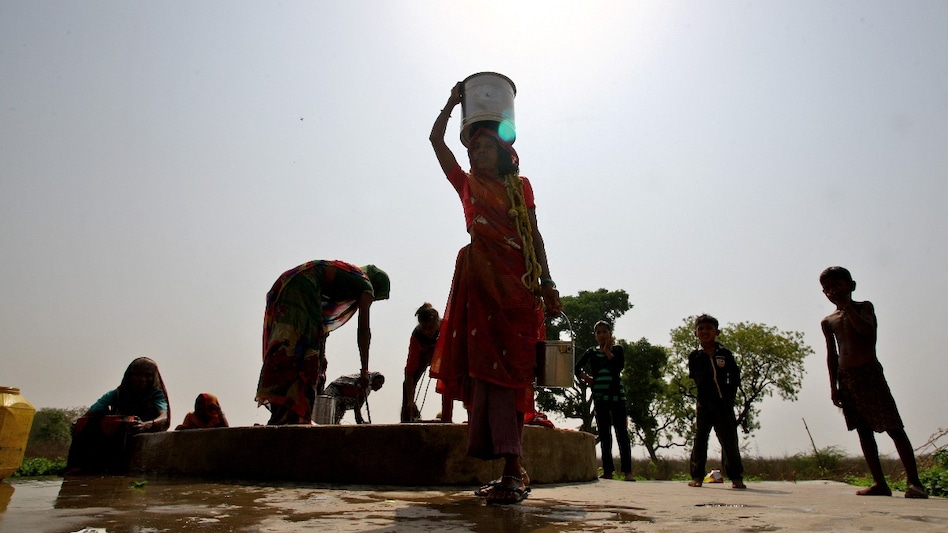 Delhi-NCR records 49.9 degree: What Is Causing This Heat Wave?
Delhi-NCR records 49.9 degree: What Is Causing This Heat Wave?  Delhi-NCR records 49.9 degree: What Is Causing This Heat Wave?
Delhi-NCR records 49.9 degree: What Is Causing This Heat Wave? Northwest experienced severe weather conditions in over 17 locations, with temperatures breaching the 48 degrees Celsius mark, testing human endurance. Notably, Delhi's Mungeshpur reported a temperature of 48.8 degrees Celsius yesterday, while Haryana's Sirsa recorded 48.4 degrees Celsius.
Meanwhile, the strength of heatstroke patients in Rajasthan increased from 2809 to 3622 yesterday.
The Centre for Science and Environment (CSE) tracked heat waves in six major cities in India and the dangerous trends contributing to high temperatures. The science department assessed data from Delhi, Mumbai, Bengaluru, Hyderabad, Chennai, and Kolkata.
The heat waves in India have worsened the Urban Heat Island Effect, i.e. when the temperature in urban areas is higher than in rural areas, resulting in a difference, CSE showed.
Sharanjeet Kaur, program officer at the Centre for Science and Environment, told NDTV that high temperature and humidity are crucial to understanding cities' heat stress.
"Usually, heatwaves occur between March and July, but nowadays, we are witnessing more humidity than heat, resulting in heat stress. The temperature is relatively high at night. Pavements and concrete structures absorb the heat during the day, which gets trapped, resulting in warmer nights," she said.
The CSE analysis showed that heat stress results from a deadly combination of air temperature, land surface temperature and relative humidity. This leads to acute thermal discomfort and heat stress in cities.
The analysis has pointed to a worrying trend in cities that are increasing in concretisation and decreasing in green cover and water reservoirs. All cities have registered a significant increase in their built-up areas and concretisation, this contributes to the urban heat island effect.
During the day, heat is absorbed by concrete, which cannot emit it and hence causing the heat to be trapped. In rural areas, where more green cover is present, the process of transpiration - absorption of water by plants and evaporation through leaves and stems, allows water to be released into the atmosphere.
The analysis also revealed that relative humidity has increased in all zones, worsening heat stress in warm-humid and moderate climate zones. This has nullified the fall in air temperatures in composite and hot-dry climate zones, especially during monsoons. The average relative humidity (RH) has significantly increased in the last 10 summers compared to the 2001-10 average.
Copyright©2025 Living Media India Limited. For reprint rights: Syndications Today